
“Greece standing on the ruins of Missolonghi”, 1826. © Musée des Beaux- Arts de Bordeaux. Photo L. Gauthier, F. Deval
I am always reticent to tell you about exhibitions that have been widely reviewed by famous art critics but, this time, the Delacroix show at the Louvre is just too exciting to be missed. The 180 paintings were selected over a forty two year career of one of the most revered French painter of the 19 th century. The show will travel to the Metropolitan Museum of art on September 17 th.
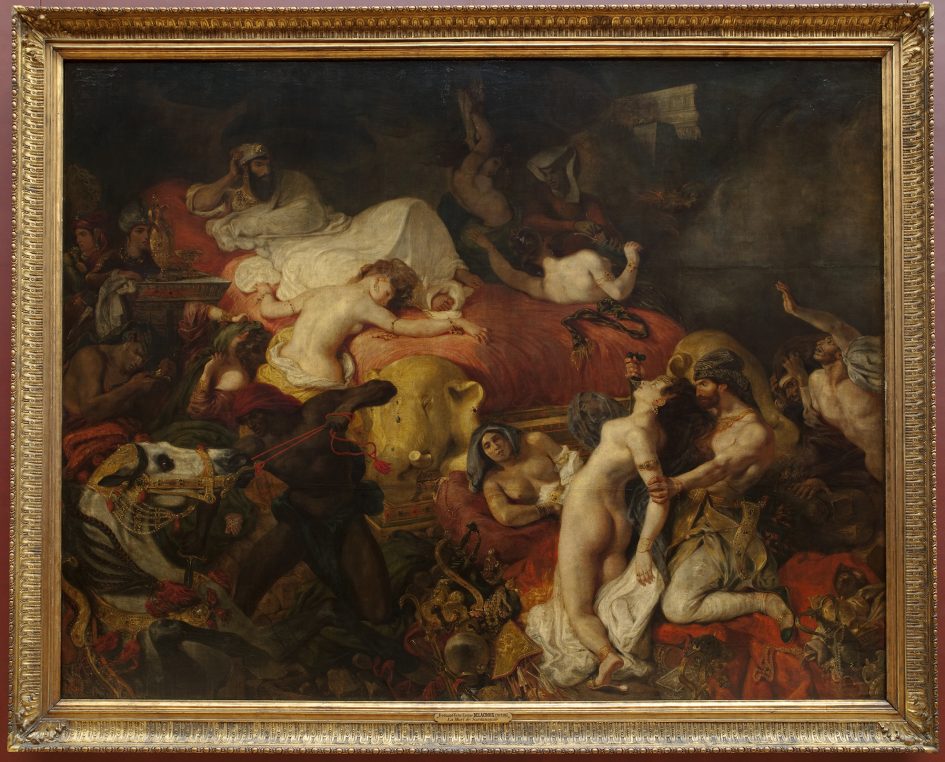
Eugène Delacroix, “Sardanapale’s death”. The painting created a stir in 1827. © Musée du Louvre, Angèle Dequier
Eugène Delacroix was unlucky as a child. His father, a prominent diplomat and prefect, died when he was six and his older brothers, who were all successful in Napoléon’s army, were in disgrace by the time he was seventeen. But he had a thirst for glory and started painting at the time when David and Géricault had just died. His career took off immediately in 1821 and for the next ten years, he painted most of his chefs d’oeuvres.
The mix of very large battle scenes and smaller paintings of sexy ladies give to this exhibition a fascinating diversity. After the first room where the “Massacre of Cio” faces “Greece on the ruins of Missolonghi” and “Liberty leading the people”, comes a gallery of dark lithographs of “Faust seducing Marguerite” or “Taking Wagner for a walk” which illustrate his great culture. They are astonishing in their details and result from Delacroix’s passion for the literature of Goethe and Shakespeare whom he illustrated. When he was young he hesitated between writing, composing music and painting.
Then comes the chef d’oeuvre of Delacroix, that every school child in France has seen in a book, “Young orphan in the cemetery” presented at the Salon of 1824. From close up the young woman looks so lively and fresh that she seems more real than life.
The visit goes on with a long series of nudes more lascivious one than the other. “Naked woman with the parrot” whom Balzac revered, “naked woman on the couch”, “naked woman seen from the back” and the lovely “Louis d’Orléans showing his mistress”! He covers her face with a sheet and shows her to his chambellan who does not recognize in her, his own wife!
A series of paintings drawn in Morocco with exceptional scenes in a harem in Algeria, follow a very British looking portrait of his best friend Louis Auguste Schwiter who had just returned from London in 1826 and dressed like a dandy in Alfred d’Orsay’s style.
We know that Delacroix had met Bonington, Thomas Lawrence and Constable before he travelled to London. This painting is obviously inspired by his English contemporaries showing the great vogue in Paris of anything English, and it is no coincidence that it was lent by the National Gallery in London.
In a small room half way through the show, we can discover some of Delacroix’s letters and notebooks with sketches, which is always moving. It also provides a nice respite in the exhibition, where very large formats could become overwhelming. Decorative paintings of flowers lead the visitor to the most surprising view of “La Mer à Dieppe” painted in 1852. One can feel the first steps of Impressionism in this painting on cardboard which illuminates the last rotunda.
I was very impressed by the variety of mediums and sceneries, having always considered Delacroix as an official painter. You can see more works in the upper floors of the Louvre which could not be moved because of their size: “La Prise de Constantinople par les Croisés” and the “Death of Sardanapale” are on the first floor in Salle Mollien. In the aile Denon, the painted ceiling of the gallery of Apollo is stunning in its Charles Le Brun decor.
You can also discover two very large biblical scenes of Heliodore and Jacob, in the Saint Sulpice church. The charming Delacroix Museum on place de Furstenberg has a small exhibition relating it and the lovely garden has just been renovated with its atelier. Make sure to book your ticket ahead and enter through the side entrance of rue de Rivoli, so you don’t have to queue to get in the museum.
(Until July 23, Musée du Louvre)
Share this Post
.
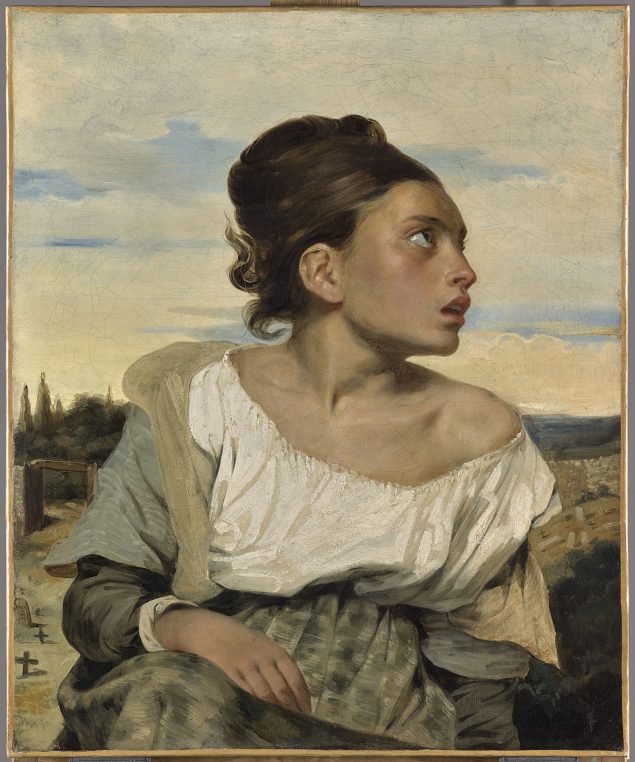


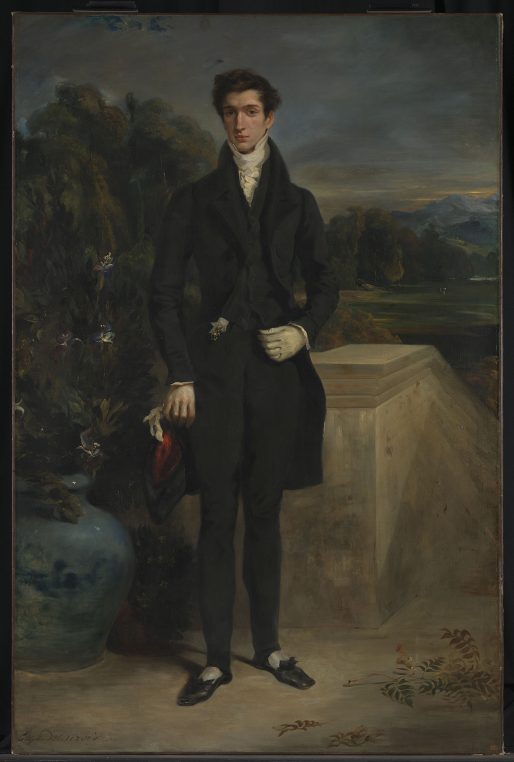
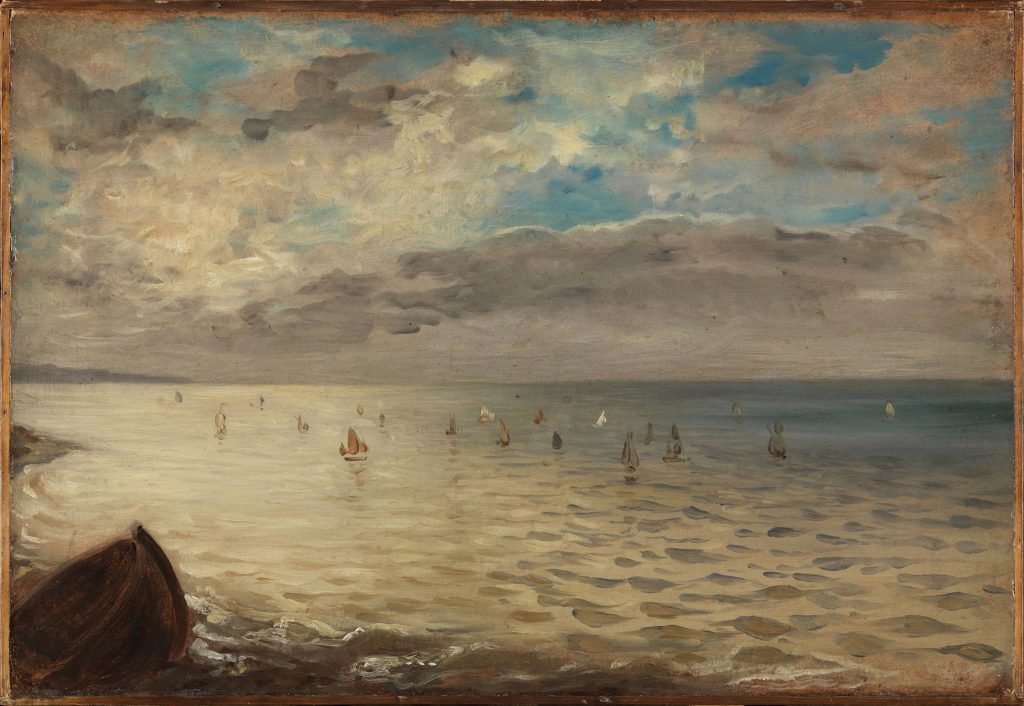
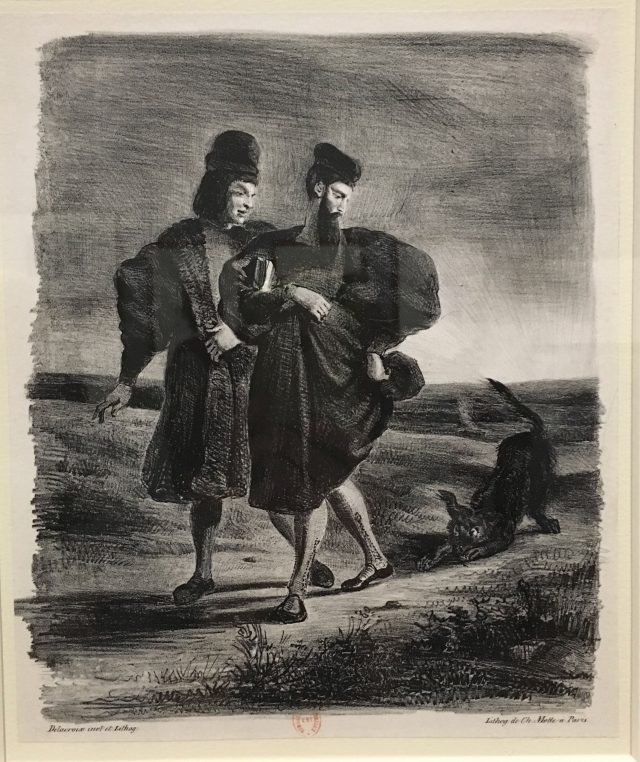
2 Comments on “Delacroix can still surprise us at the Louvre”
Thank you Laure for this warm and intimate presentation showing the scope of Delacroix’s talent and personality
Great stuff Laure!!! Thanks. 🙂